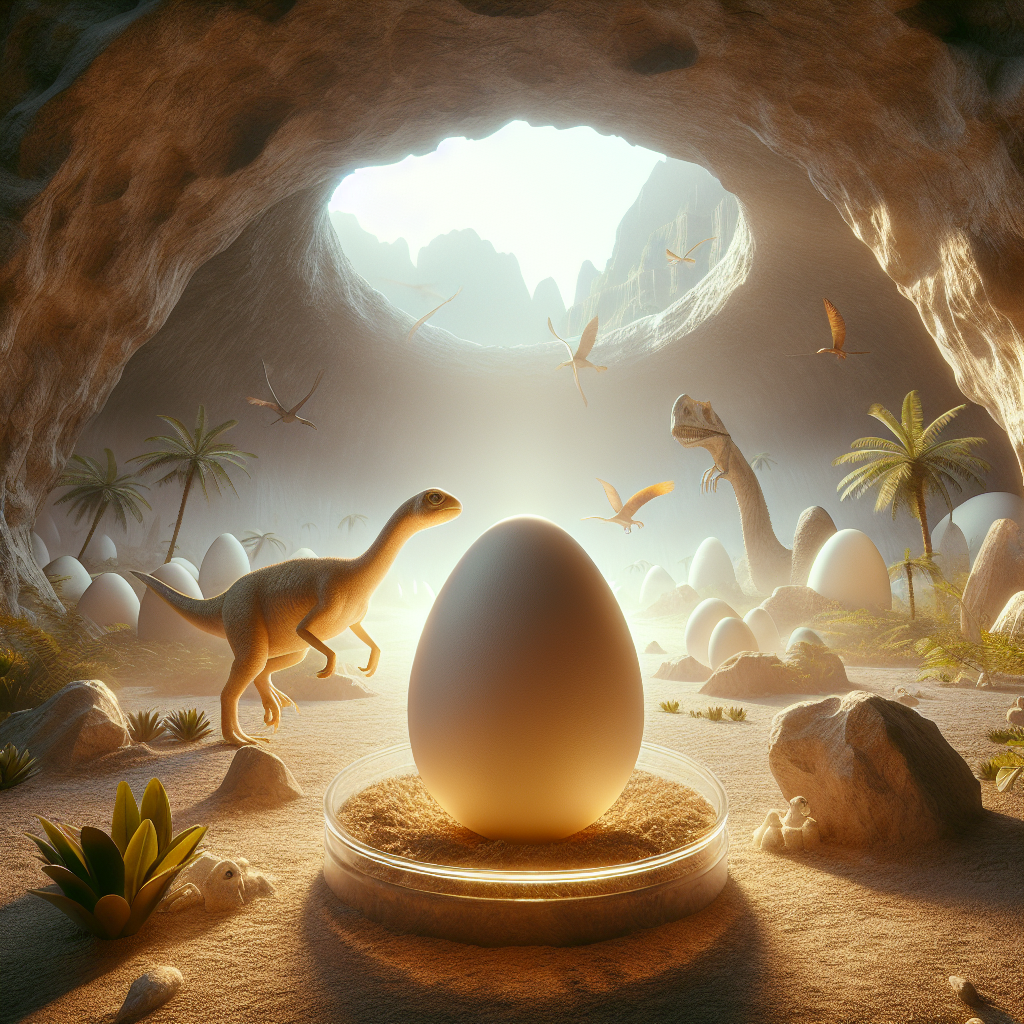The Cosmic Dance of the Egg and the Chicken: Decoding Life's Ancient Riddle
Let's crack open one of science's most iconic paradoxes: did the chicken come first, or was it the egg? This question has perplexed philosophers and scientists for generations, bearing its face not just in playful banter but also as a profound metaphor for cause and effect. It tantalizingly hints at the origins of life itself, capturing our curiosity and imagination.
So, who, what, when, where, and why made such a big deal out of this seemingly simple riddle? It was philosophers in Ancient Greece, over two millennia ago, who initially probed into this question. Since then, scientists across the globe have joined the fray, using evolutionary biology, genetics, and paleontology as their investigative tools. This inquiry weaves through the fabric of history and science, challenging us to ponder the developmental and evolutionary pathways that led to the existence of one of nature's simplest yet most critical life cycles—the humble egg.
The Science of Eggs: Context and History
To approach this delightful puzzle scientifically, we must first understand what constitutes an egg and a chicken from a biological standpoint. An egg is the reproductive vessel laid by females of several species, enclosed in a protective shell, with the chicken (Gallus gallus domesticus) being one of their better-known incarnations. But chickens aren't the sole proprietors of eggs; indeed, eggs have been around long before chickens pecked the earth.
The journey of the egg's evolution kick-starts with ancient reptiles nearly 340 million years ago in the Paleozoic Era. These eggs had hard shells and the innate possibility to house embryonic development without requiring an aquatic environment, a monumental leap in evolutionary strategy. Fast forward to roughly 6000 BC, and evidence suggests that the domesticated chicken likely took its first cluck in Southeast Asia.
The Answer According to Evolution: Egg Wins!
From a strictly evolutionary standpoint, the egg indeed came first. Here’s where it gets exciting! Before anything identifiable as a chicken hatched, there was an array of pre-chickens—or chicken prototypes—producing a slew of proto-eggs. Through natural selection, small mutations accumulated within the genetic code housed in these eggs, eventually leading to the first chicken-like creature. This pivotal moment is what evolutionists pinpoint as the egg predating the chicken.
The story becomes even more fascinating with the unraveling of genetic data. The proteins that develop egg shells, such as ovocleidin-17, are critical for transforming calcium carbonate into a shell, and recent studies show that this process likely contributed to the distinctive characteristics of chicken eggs as we know them. However, before these precise genetic arrangements gave us a chicken, they converged in a common ancestor's egg.
See the Light: Chickens Need Their Eggs
Now, let’s turn on another angle where this paradox pivots: biological necessity. Chickens, like many other bird species, are oviparous, meaning their offspring are hatched outside of a momma chicken. This reproductive strategy places a high evolutionary premium on the egg as the most viable method to nourish and protect a developing embryo. Therefore, consider the chicken as a developed courier to ensure that the egg continues in its formidable role of fostering new life.
Eggs Are Universal--And They Matter!
Few natural objects have shaped the environment and human culture quite like eggs. Countless species, from dinosaurs to hummingbirds, have experienced eggs as a key force in their life cycles. Human societies have revered, consumed, and celebrated eggs across the millennia. And why not? Eggs hold the blueprint for life within them, a concentrated packet of proteins, lipids, water, and nutrients crucial for the formation of future generations.
Moreover, eggs are symbols of rebirth and life in various cultures. From the intricate Pysanky eggs of Eastern Europe to the colorful confetti-filled cascarones in South America, eggs have been endowed with symbolic meanings and integrated into numerous traditions.
Reflecting on the Broader Implications
The chicken-or-egg scenario serves as a reminder of the interconnectedness of life and evolution. More than a quirky debate, it illustrates the magnificent complexity in life's continuity. It urges us to ponder questions about causality, existence, and our understanding of nature—a testament to humanity's wondrous quest for knowledge.
While the philosophical quandary may persist in some circles, science offers clarity. As our world takes steps further into unraveling the genetic chores that define life, questions like these remind us of the elemental appeal of seeking and understanding knowledge.
In our pursuit of amassing understanding, we fuel curiosity and innovation. And that, dear reader, is what makes this cosmic dance infinitely fascinating. We are part of an ongoing story of discovery and exploration—the very essence of human spirit and resilience.

